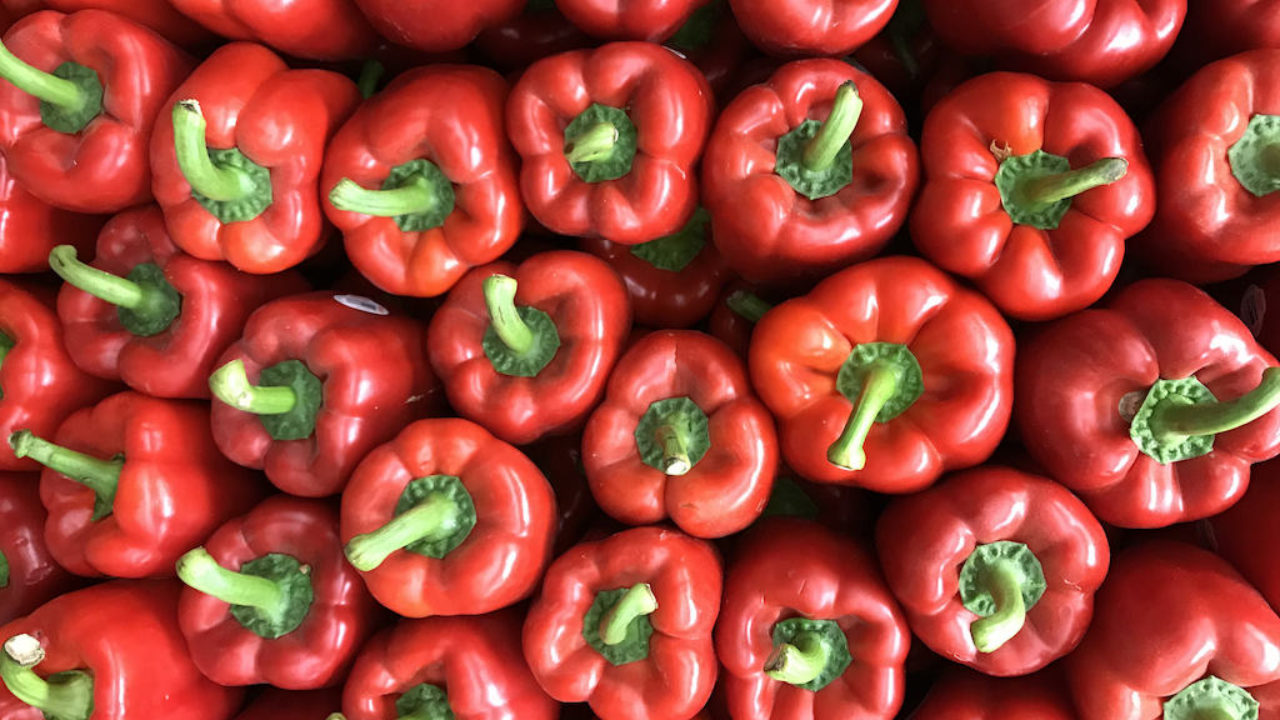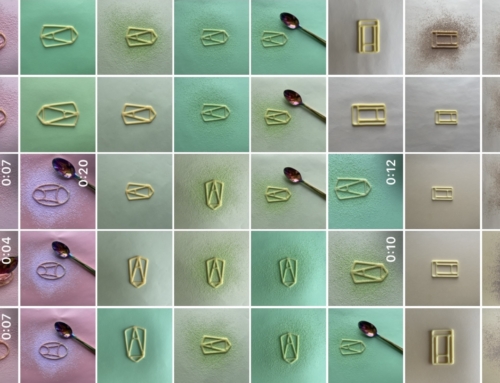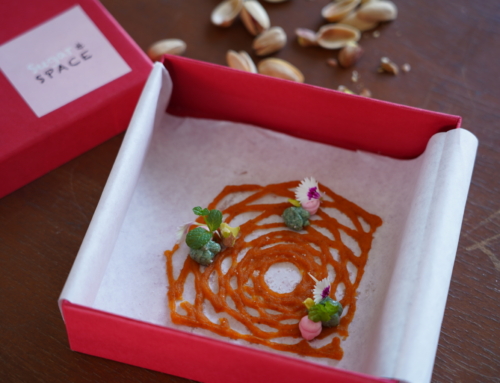As Sugar & SPACE turns two, we’re celebrating our first ever eating experience – EAT Mondrian as we prepare to launch #EATMondrianAtHome – The Complete Host-It-Yourself Experience Guide. Our first post in the limited series covers the powerful world of red food.
“Intellect confuses intuition.”
— Piet Mondrian
How many red foods did you have today? When we look at the appearance of our food, red is commonly found. Research shows that red enhances our appetite and therefore it is the most effective colour used in the food industry. If you look at the packaging of your foods or at the logos of famous food brands and restaurant chains (Hey Coca Cola, Hi McDonald’s), you are surely going to find a great deal of reds. But what makes red so appealing to us? As humans, we derive a lot of information from the colours of our food. Red indicates the ripeness of vegetables and fruits, and can give us information about the sweetness of our food as well. Let’s dive into the world of red food.
The red spectrum of our food intake
Thinking about red food, a great deal of vegetables and fruits might come to your mind: plump tomatoes, tasty bell peppers, juicy strawberries, delicious cherries, and so on. These veggies and fruits make up a significant part of our red food intake and, better still, are super healthy.
Red meat is more controversial when it comes to the role it plays in our physical health. Although very nutritious, it is associated with a higher risk of cancer among other diseases. The conducted studies are, however, not fully conclusive and red meat is still part of the diet for a lot of people around the world. If you have a sweet tooth, and want something other than delicious red fruit, then red velvet cake might be your way to go. This red dessert has taken up a popular spot in the world of baked goods, naturally dyed with beetroot extract.

Why is red food red
The colour of an edible part of a plant indicates the type of nutrition that you will get out of it. If we speak about the red colour of natural food, this blush comes from the lycopene and anthocyanins present in the plant. Lycopene and anthocyanins are phytochemicals that are also well known antioxidants. They help in reducing the risk of heart diseases and cancer. Beetroots get their red colour from another pigment: betalain. There are different types of betalain pigments that can cause the beet to colour from red to purple or even yellow to orange.
Red meat obtains its red colour because of the protein myoglobin. Myoglobin is densely present in the muscle fibers of meat and has a red colour. The more myoglobin present in the cells of the meat, the darker or more red the meat becomes. If you want to make your food red artificially, for example when baking a cake, you might use food colouring. Try using natural dyes as fast as possible.
Written by Elise Coudré and edited by Jashan Sippy.
Experience RED at EAT Mondrian near you or host-it-yourself with our signature Experience Guides.








Leave A Comment